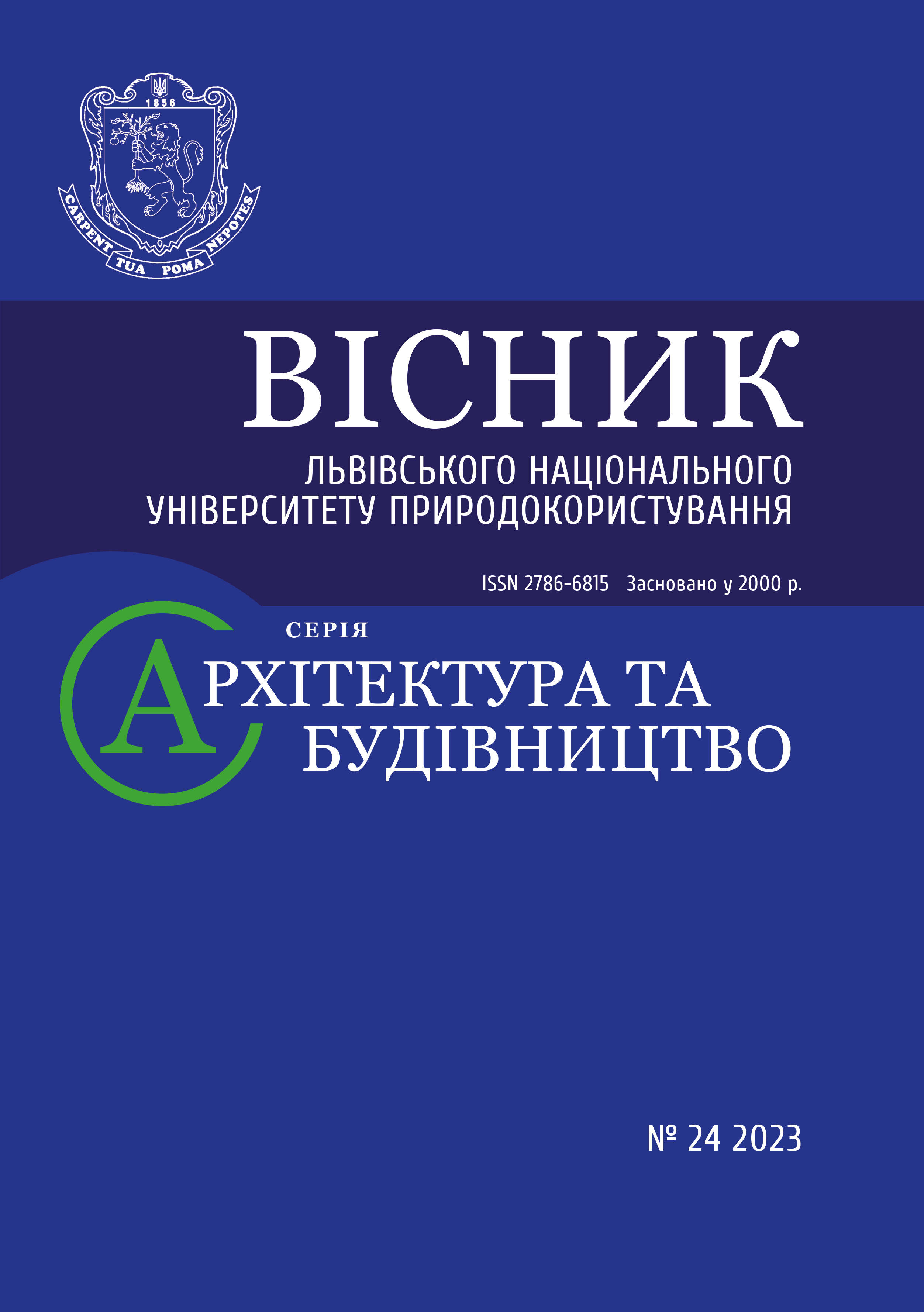SOIL IMPROVEMENT SURVEYS FOR NEWLY ESTABLISHED AGRICULTURAL ENTERPRISES
DOI:
https://doi.org/10.31734/architecture2023.24.144Keywords:
survey, newly established agricultural enterprises, fertility, soil, protectionAbstract
An analytical review of publications on soil improvement surveys for enhancing fertility in newly established agricultural enterprises has been conducted. It is noted that the geographic location, natural conditions (terrain, water and forest resources, composition of agricultural land), and historical development characteristics have led to significant territorial differences in rural settlements, their sizes, and types.
At the current stage of social development, there is an urgent need to investigate the interaction between humans and nature, to identify consequences of these relations, and to plan nature conservation measures.
A brief analysis of the territorial organization methods is presented. It is also substantiated that land use should take into account ecological requirements such as soil quality, terrain, territory pollution, limitations imposed by landscape characteristics, and measures for development and improvement of agricultural lands.
Site investigations are carried out as part of comprehensive engineering surveys aiming to develop materials for assessing impacts of the objects and economic activities on the natural environment as part of project documentation for new construction, reconstruction, technical upgrade, or decommissioning of facilities in accordance with Building Code of Ukraine A.2.2-1; to forecast possible changes in order to keep the current trends and planned influences; to identify geopathogenic zones; to develop recommendations for regulating impacts, engineering preparation of developed (utilized) areas, and the peculiarities of building and construction designs, as well as recommendations for creating favorable ecological conditions; to devise measures for of the natural environment protection.
The composition of the survey works is determined depending on the goal of the works; degree of familiarity with the territory (including historical information); character and extent of changes in the conditions of natural components; degree of degradation of the natural environment components.
The methods of the survey work for each component are regulated by relevant normative documents.
Under difficult environmental conditions, specialized organizations should be engaged or information from their resources should be utilized for conducting the work, and the analysis of information should be carried out by the survey organization according to the intended purpose.
The main methods of restoring and maintaining high soil fertility and providing it with the structure include sowing perennial grasses, applying organic and mineral fertilizers, implementing crop rotation, and proper soil cultivation practices..
References
DBN A.2.1-1-2008. Engineering surveys for construction. URL: http://online.budstandart.com/ua/catalog/doc-page.html?id_doc=40217 (Accessed October 27, 2022).
Land Code of Ukraine dated October 25, 2001. URL: https://zakon.rada.gov.ua/laws/show/2768-14#Text (Accessed October 27, 2022).
Panas R. M. Soil science: manual. Lviv: Novy svit–2000, 2006. 372 p.
On the State Land Cadastre: Law of Ukraine dated July 7, 2011. URL: https://zakon.rada.gov.ua/laws/show/3613-17#Text (Accessed October 27, 2022).
On environmental protection: Law of Ukraine dated June 25, 1991. URL: https://zakon.rada.gov.ua/laws/show/1264-12#Text (Accessed October 27, 2022).
On land management: Law of Ukraine dated May 22, 2003. URL: https://zakon.rada.gov.ua/laws/show/858-15#Text (Accessed October 27, 2022).
Stupen M. H. Land use of settlements. Lviv: LSAU, 2000. 359 p.


